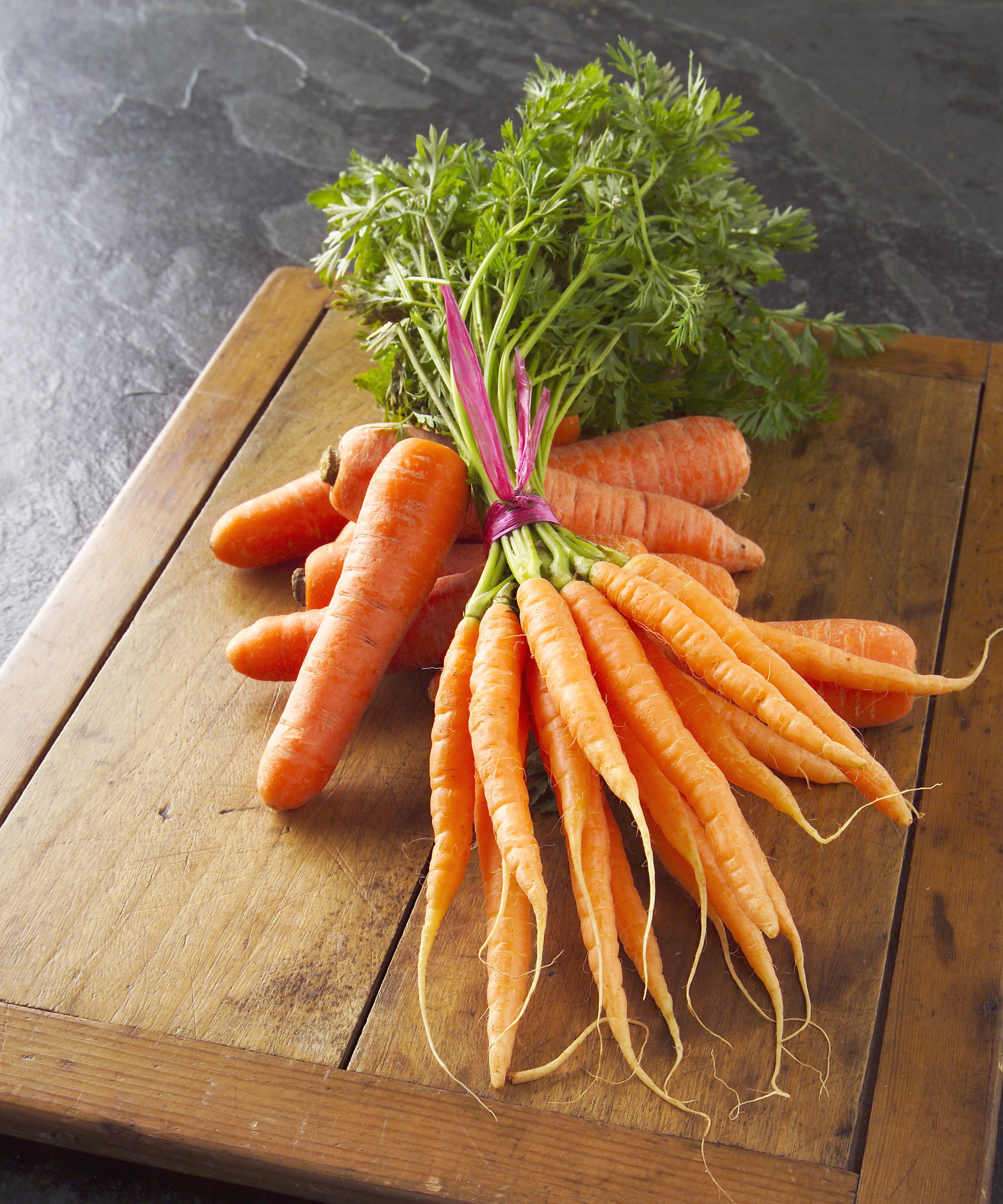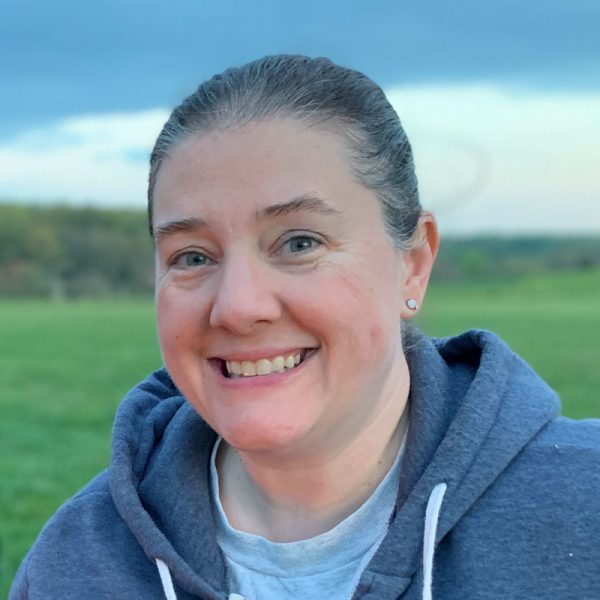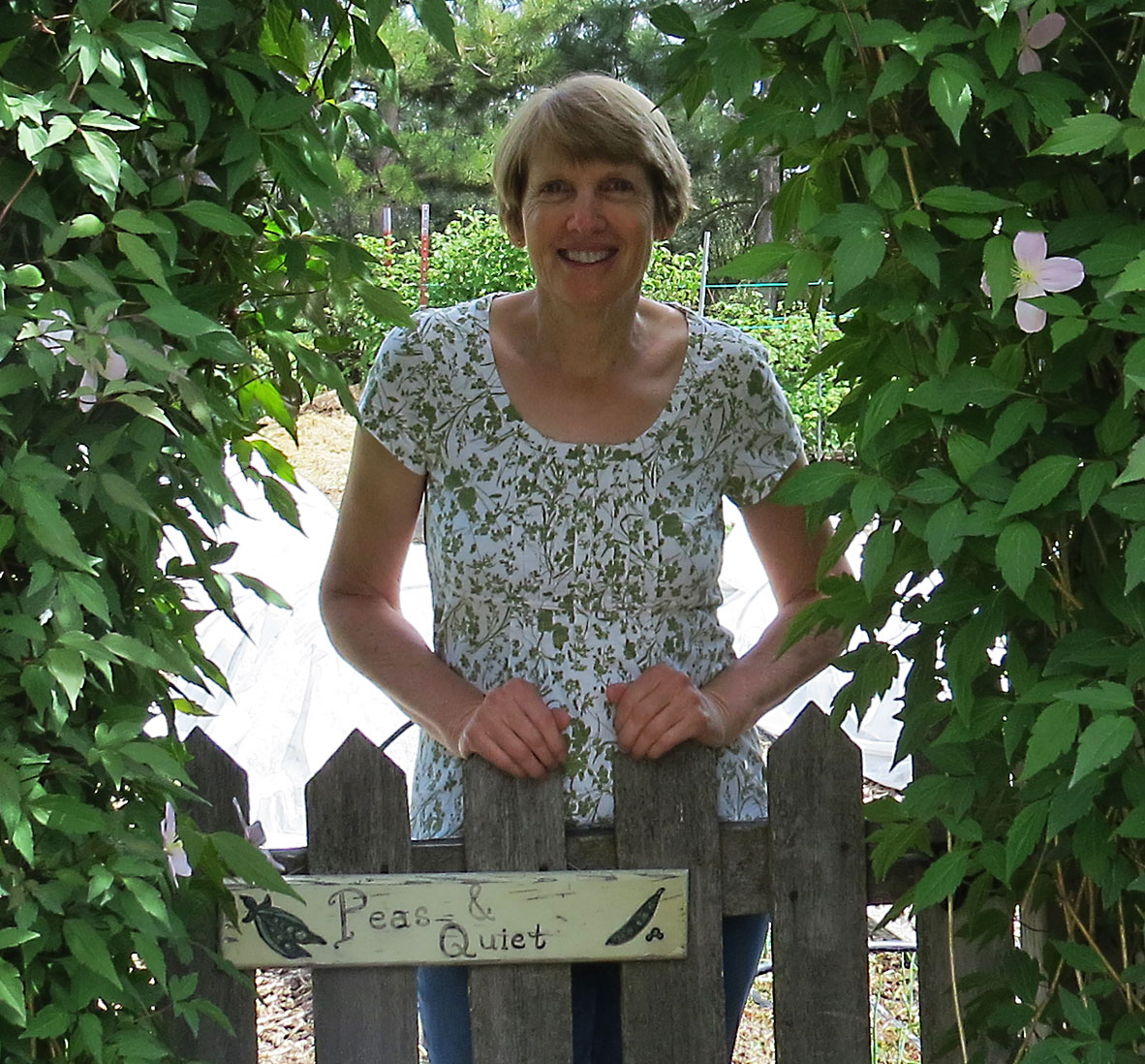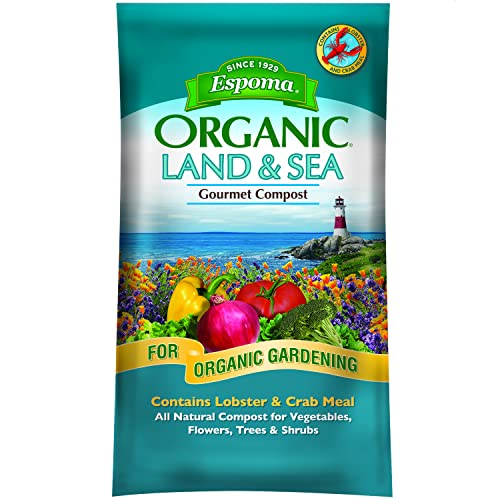Fertilizing carrots is vital for large, tasty roots – discover when to feed and the best products to use, plus what to avoid
Fertilizing carrots is best done at least twice during the growing season


Carrots are a tasty root crop and a staple in many vegetable gardens. Whether you grow the classic orange roots or heirloom varieties that can be purple, red, or white, carrots are low-maintenance but benefit from regular watering and fertilizing.
Giving carrots the right nutrients at the ideal time means good-sized roots that taste fabulous. Carrots may be regarded as light feeders, compared to many other vegetables, but they still perform at their best when fed at the time of planting and again through the season.
If you grow carrots, you want long, straight roots that have grown without stress. To help you achieve that dream, this guide to fertilizing carrots highlights when to feed and the right types of products to use. Plus, experts reveal the mistakes to avoid that can wreck any potential harvest.

When to fertilize carrots
The first step in deciding on any feeding approach is to know what is already in your soil, and this can be done by conducting a soil test.
An inexpensive lab-based kit, such as this soil test kit on Amazon, can give you accurate results on the nutrient make-up of any soil type. It will show deficiencies and highlight nutrient levels to avoid raising too high.
Before you plant carrots, it is important to prepare the soil. This may include adding some homemade compost or well-rotted organic matter to increase the fertility and amend the soil structure to improve drainage.
As well as compost or well-rotted manure, which should ideally be added 4-6 weeks before sowing carrot seeds, adding slow-release granular fertilizer at planting time is also advisable.
Design expertise in your inbox – from inspiring decorating ideas and beautiful celebrity homes to practical gardening advice and shopping round-ups.
The next stage for fertilizing carrots comes once the seeds germinate and the plants emerge. Robin Phelps, gardening and preserving coach for Sow Many Plants, recommends: 'Carrots benefit most from fertilization at early root development, just after thinning.'
As well as fertilizer at planting, Robin also advises giving carrots a 'light side-dressing around mid-season' if the crop’s development seems to slow. If the growth slows or the carrot tops begin to pale, such a quick dose of nutrients can perk plants up and help boost your carrot harvest.

Robin Phelps is a Gardening and Preserving Coach, with a passion for nurturing green spaces and preserving the bounties of nature. With over 20 years of experience in gardening, Robin began her journey in a small apartment with a balcony and has since expanded to growing on 3 acres. She has evolved into an expert gardener and is eager to guide others on their gardening journey.
How to fertilize carrots

Picking the right methods and types of feeds for fertilizing carrots will impact the growth of the crop, and potentially the taste. Making the right choices with carrots is key, including avoiding one fertilizing mistake that can ruin your harvest.
It is important to look closely at the NPK ratio when picking any fertilizer for a vegetable garden. The NPK ratio is shown as plant fertilizer numbers on the back of any packaging and tells you the makeup of nitrogen, phosphorus and potassium.
So what does that mean in terms of fertilizing carrots?
'If you are preparing the soil for a seeding of root crops, add phosphorus before planting,' says Susan Mulvihill, an experienced grower and author of The Vegetable Garden Pest Handbook.
Look for products with a higher second number in any NPK ratio, representing a good amount of phosphorus. A perfect example of such a product is bone meal, which can be mixed into the soil before planting carrots and will support strong root growth.
Robin Phelps recommends using 'low nitrogen, higher phosphorus and potassium' feeds, with an NPK ratio of 5-10-10 once the carrots germinate. At this stage, opt for a granular fertilizer and side-dress the crops before watering to release the nutrients into the soil.
Susan Mulvihill advises on the type of products to never use for fertilizing carrots, when she says: 'Avoid using nitrogen fertilizer for the root crops as it will promote leaves rather than root development, plus it can cause the roots to fork and split.'
As well as high-nitrogen fertilizer, Robin Phelps also advises avoiding fresh manure, which is very high in nitrogen and can burn roots.
It is also beneficial to mulch carrots once the seedlings appear to retain moisture in the soil, smother weeds, and provide some nutrients as the organic matter breaks down.

Susan Mulvihill is the author of 'The Vegetable Garden Problem Solver Handbook', available at Amazon, and gardens on 5 acres in Spokane, Washington State. She has also been writing garden columns for the Sunday edition of The Spokesman-Review newspaper for nearly 20 years.
Shop the best fertilizer for carrots
FAQs
Is tomato feed good for carrots?
A fertilizer formulated for growing tomatoes will not always be ideally suited to growing carrots - but it can vary from product to product.
This is predominantly because some tomato feeds have high nitrogen levels compared to phosphorus and potassium, which can cause carrots to have forked roots. Therefore, it is always best to check the NPK makeup before using any product.
Avoid high-nitrogen tomato feeds and steer more towards all-around tomato and vegetable products. For example, this organic tomato and vegetable granular plant food at Burpee has an NPK ratio of 3-6-4 and is more suited to feeding carrots.
What is a good homemade fertilizer for carrots?
The best homemade fertilizer for carrots is to make compost. You make make plant fertilizer at home using garden waste, kitchen scraps, and other household items, such as cardboard, and the nutrient-rich compost will be great for adding to the soil to benefit carrots.
When you grow carrots in containers the plants will need more regular feeding than crops growing in the soil. Feed the crop with a potassium-rich liquid fertilizer, such as this seaweed and kelp fertilizer at Amazon, every few weeks throughout the season. As the carrots can quickly use up all the nutrients in the soil, it is important to regularly boost the levels again for the best harvests.

Drew has worked as a writer since 2008 and was also a professional gardener for many years. As a trained horticulturist, he worked in prestigious historic gardens, including Hanbury Hall and the world-famous Hidcote Manor Garden. He also spent time as a specialist kitchen gardener at Soho Farmhouse and Netherby Hall, where he grew vegetables, fruit, herbs, and cut flowers for restaurants. Drew has written for numerous print and online publications and is an allotment holder and garden blogger. He is shortlisted for the Digital Gardening Writer of the Year at the 2025 Garden Media Guild Awards.


